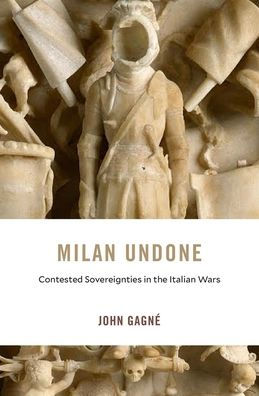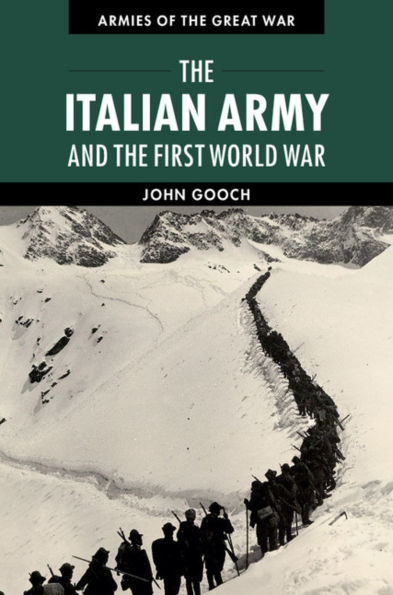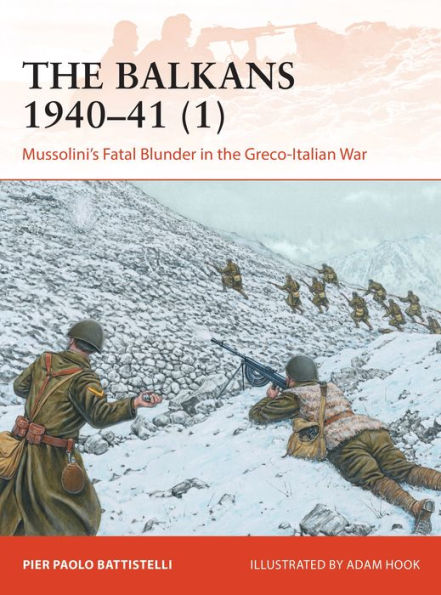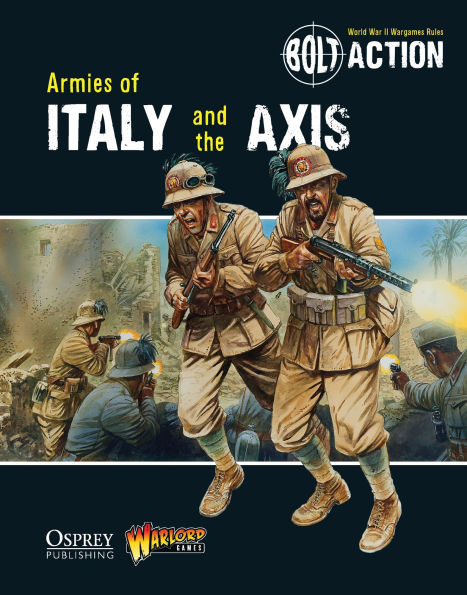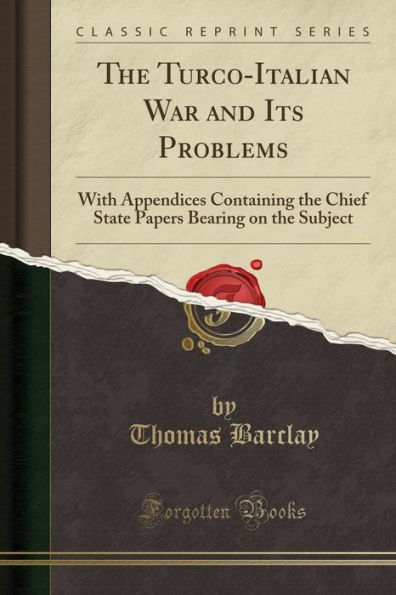Home
Armies of the Medieval Italian Wars 1125-1325
Barnes and Noble
Armies of the Medieval Italian Wars 1125-1325
Current price: $20.00
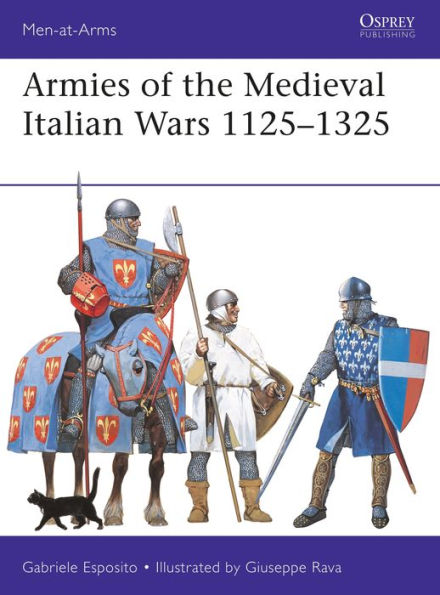

Barnes and Noble
Armies of the Medieval Italian Wars 1125-1325
Current price: $20.00
Size: Paperback
Loading Inventory...
*Product information may vary - to confirm product availability, pricing, shipping and return information please contact Barnes and Noble
Using detailed color plates, this beautifully illustrated book describes the myriad of armies and navies that fought for control of Italy in the Middle Ages.
The great powers of medieval Europe fought continuously in the Italian peninsula between the 12th and 14th centuries as they sought to expand their territory. Invading armies from Germanythe Holy Roman Empiresaw the creation of the defensive Lombard League of northern Italian city-states. These struggles resulted in conflicts between rival confederacies, which in turn proved to be the catalysts for developments in organization and tactics. Italian urban militias became better organized and equipped, the Imperial armies went from being mostly German to multinational forces, and both sides became reliant on mercenary forces to prosecute their wars.
After the 1260s, France, relying mainly on armored cavalry, and Spain, with their innovative light infantry, vied for control of southern Italy. On the seas, the great naval powers of Genoa, Pisa, and Venice became fierce rivals, as they created great trading empires, bringing the treasures of the east into feudal Europe.
The great powers of medieval Europe fought continuously in the Italian peninsula between the 12th and 14th centuries as they sought to expand their territory. Invading armies from Germanythe Holy Roman Empiresaw the creation of the defensive Lombard League of northern Italian city-states. These struggles resulted in conflicts between rival confederacies, which in turn proved to be the catalysts for developments in organization and tactics. Italian urban militias became better organized and equipped, the Imperial armies went from being mostly German to multinational forces, and both sides became reliant on mercenary forces to prosecute their wars.
After the 1260s, France, relying mainly on armored cavalry, and Spain, with their innovative light infantry, vied for control of southern Italy. On the seas, the great naval powers of Genoa, Pisa, and Venice became fierce rivals, as they created great trading empires, bringing the treasures of the east into feudal Europe.
